A dream come true. That’s how I’d describe it in as few words as possible. For as long as I can remember, I’ve wanted to be whisked away to the calming waters of Captains Rest in Tasmania. But with a booked out calendar for months in advance and a personal aversion to planning, it hasn’t happened until now.
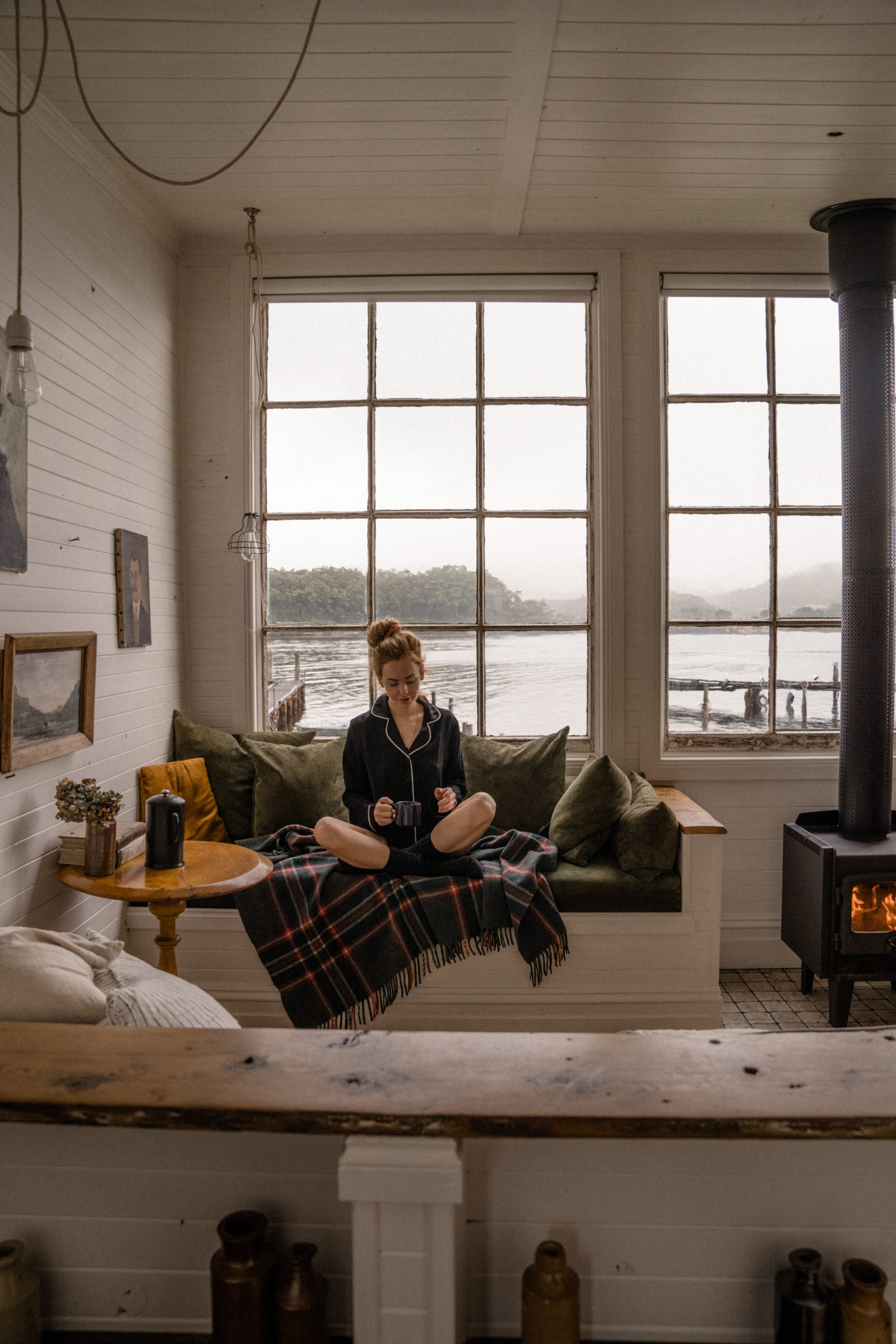
Checking in to Captain’s Rest, Tasmania
Captain’s Rest is where time stands still. It is a small and unassuming cabin tucked away in Lettes Bay, a short drive from the sleepy town of Strahan. And if you had “going off the grid” in mind, this is the place. It will take you approximately four hours to drive here from Launceston or Hobart, which is likely where you’ll be travelling from upon landing on the island. Or if you arrive in Tasmania by ferry, it is a comfortable 2 hours and 45 minutes to reach Captain’s Rest from the port of Devonport.
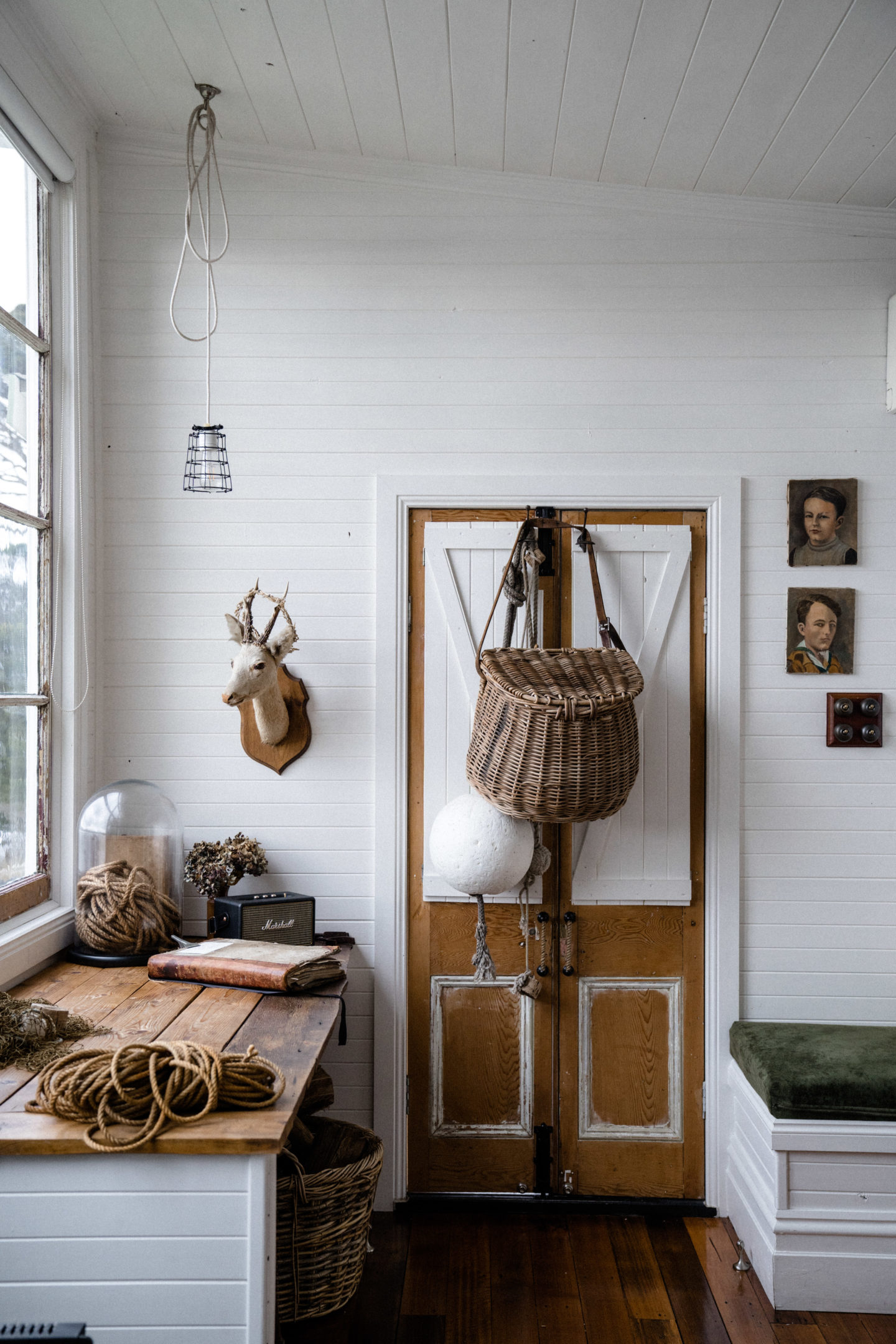
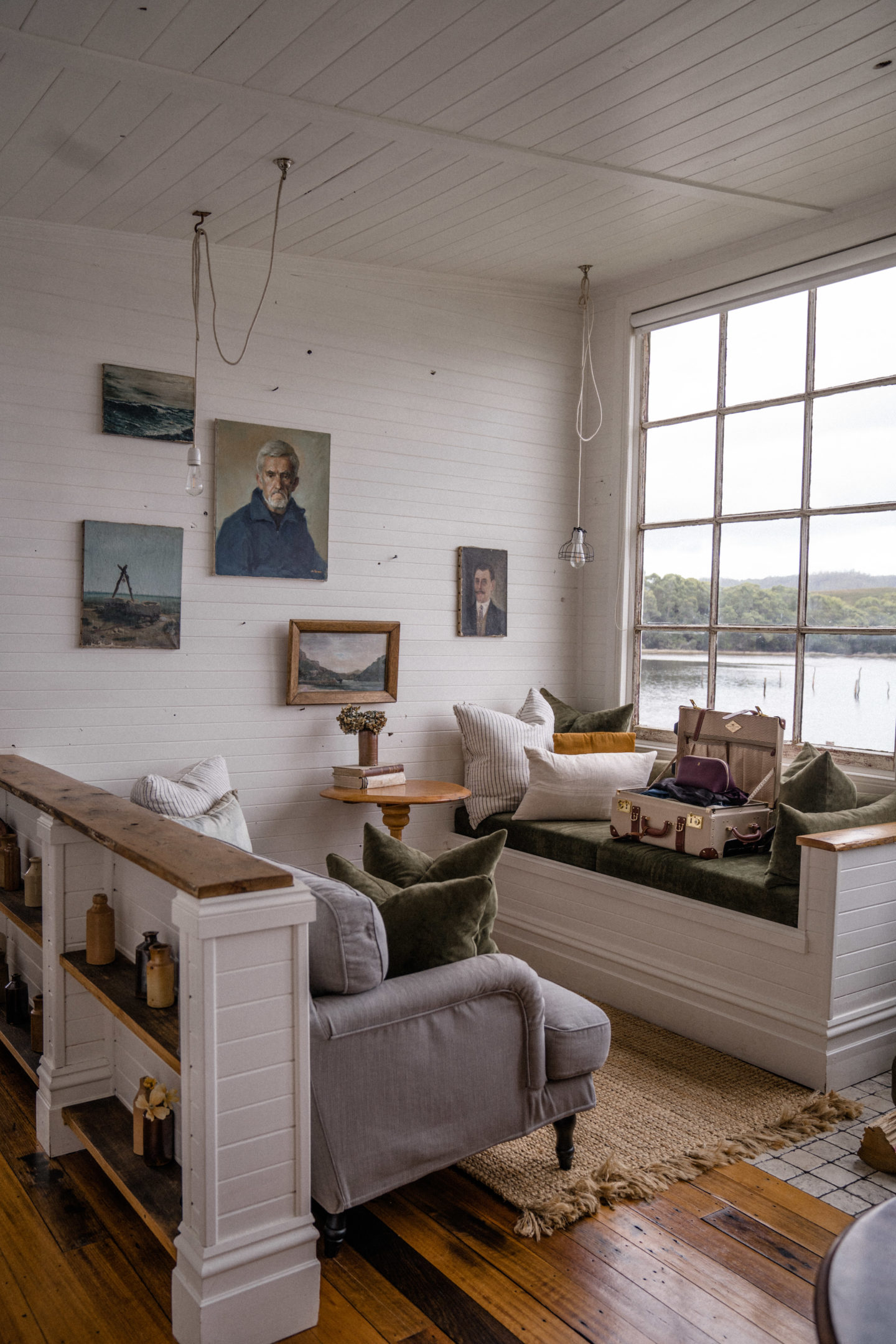
The Cabin: Where time stands still
After a long four hour drive from Launceston, my arms gave way to my luggage with a sigh of relief as I turned the lock in the keyhole. In front of me was a view I’ll never forget: a wood fire, soft waves and an old jetty. It was such a quintessential image that you’d be forgiven for thinking you had stepped inside a film set.
On your way to Captain’s Rest, be sure to make the necessary pit stops to both rest on the drive and better prepare for your time at the cabin. En route be sure to stop by Hill Street Grocers for fresh fruit and vegetables, handmade quiches, quick heat-up dinners and some artisan chocolates. Oh! And don’t forget the cheese section.
Another great stop is to call into the Tasmanian Food & Wine Conservatory, a speciality experience honouring Tasmanian produce and fine food fare. There’s a full menu on offer, but the takeaway treats and selection of local gins, whiskeys and wine is sure to do the trick.
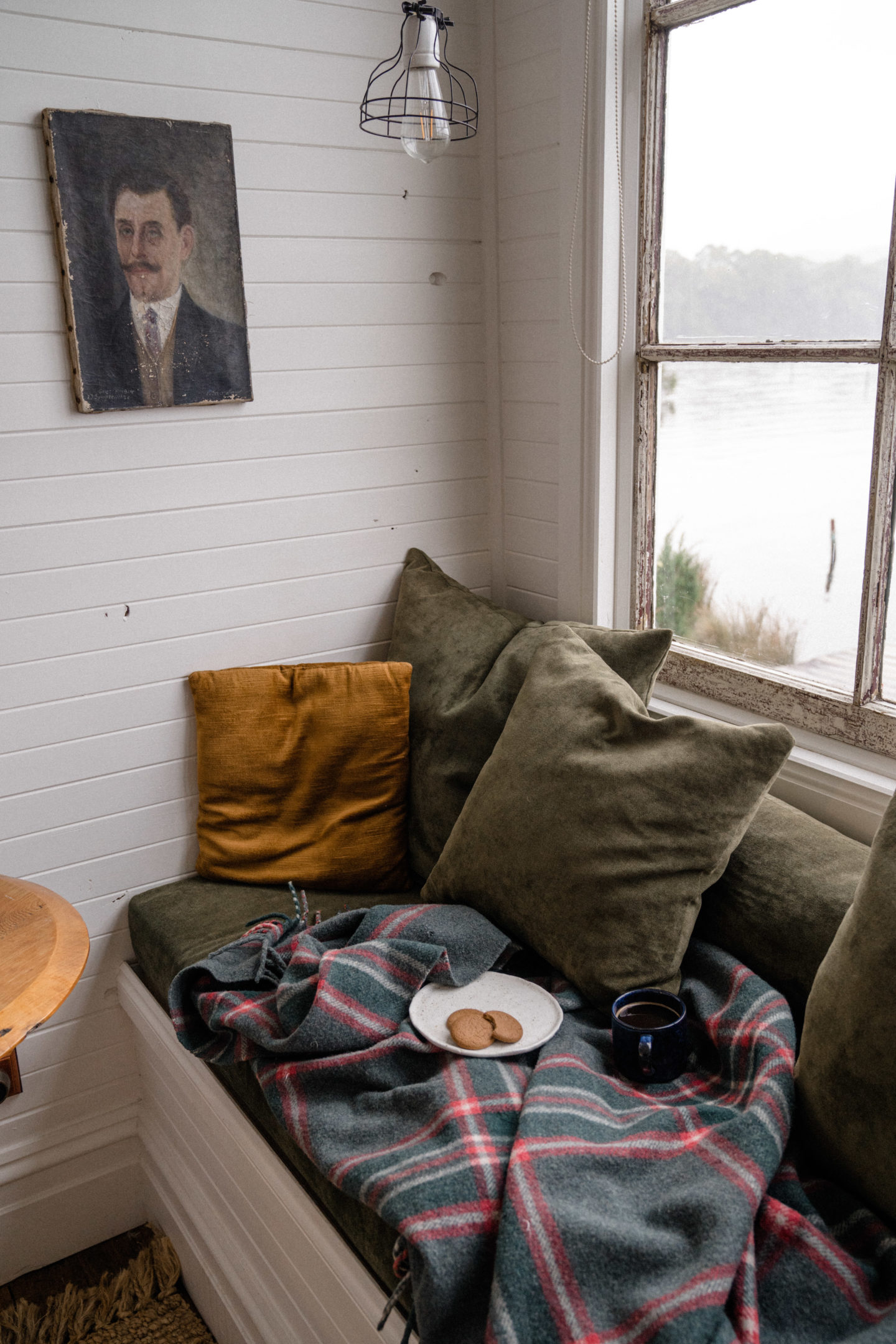
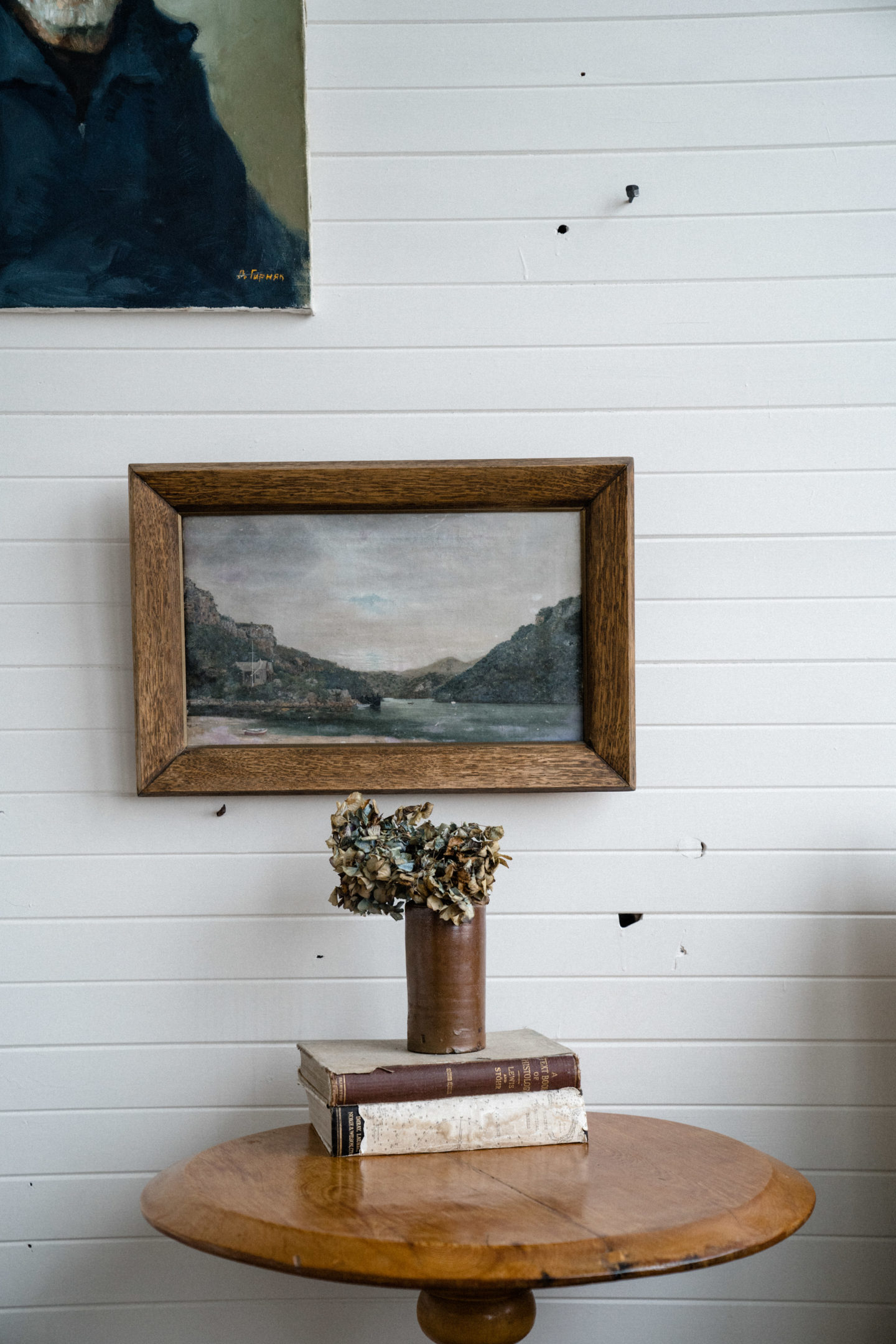
Inside the Cabin
The cabin itself is reason enough to travel the four hours to Strahan. It is in fact so popular that the hardest part of your trip will be finding a vacancy! Captain’s Rest is often booked months in advance, so be sure to make this a long term planned adventure.
The cabin is best suited to one or two people. Originally I had intended to visit solo and make a writer’s retreat out of my stay, however I extended a last minute invite to the fine looking lad you’ll see in a few photos. He’s quite special and the cabin looked like the perfect place for two ~ so ~ I made haste and invited him along.
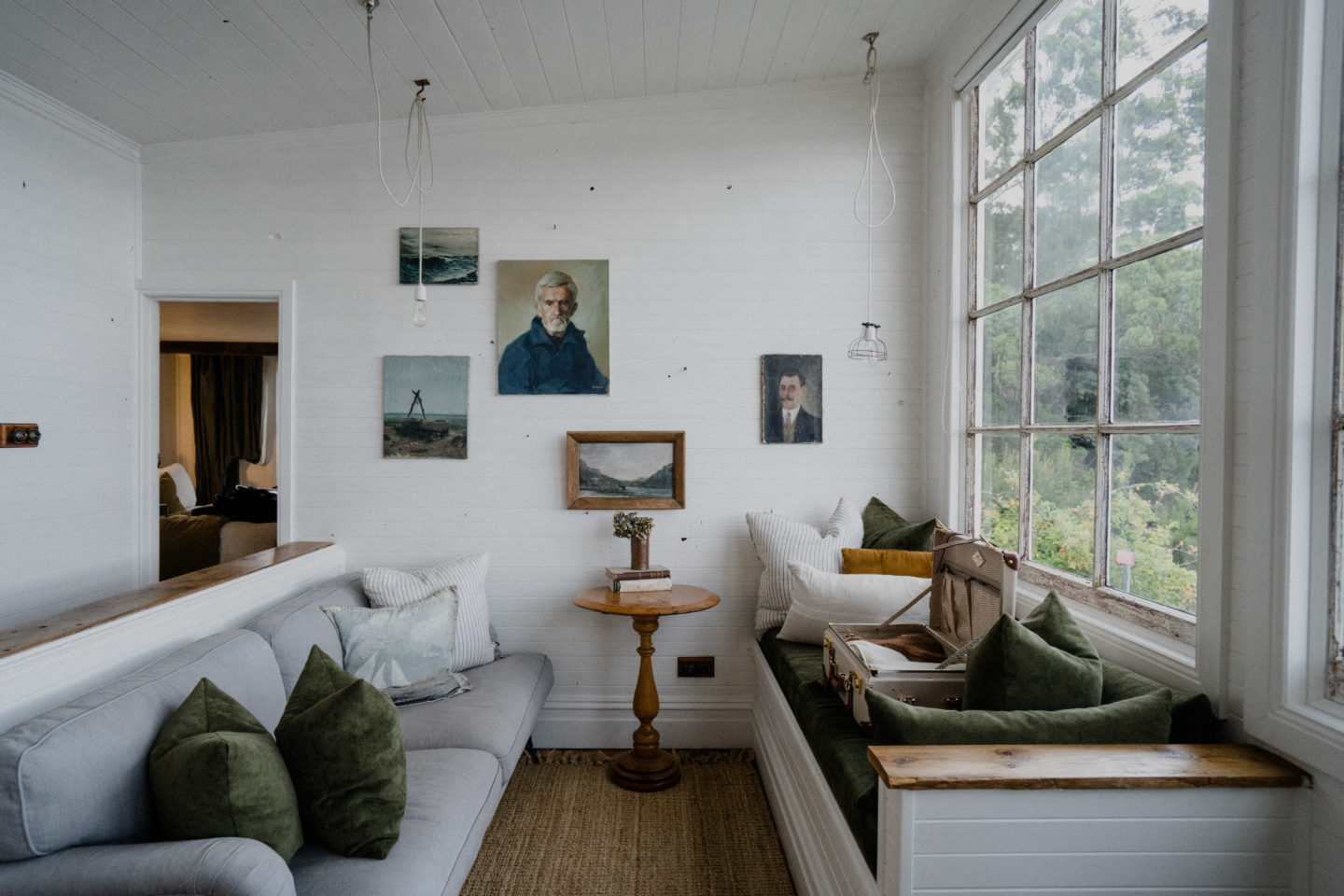
The cabin is small and charming, with one queen sized bed, one bathroom, a living room, small dining room, writer’s nook and a decent sized kitchen. You could easily spend a week or two here, but the trouble will be finding enough dates to lock into the calendar. I certainly wouldn’t stay any less than two nights and if you can, two more!

I’m wearing: Kaitlin sweater, Agolde jeans
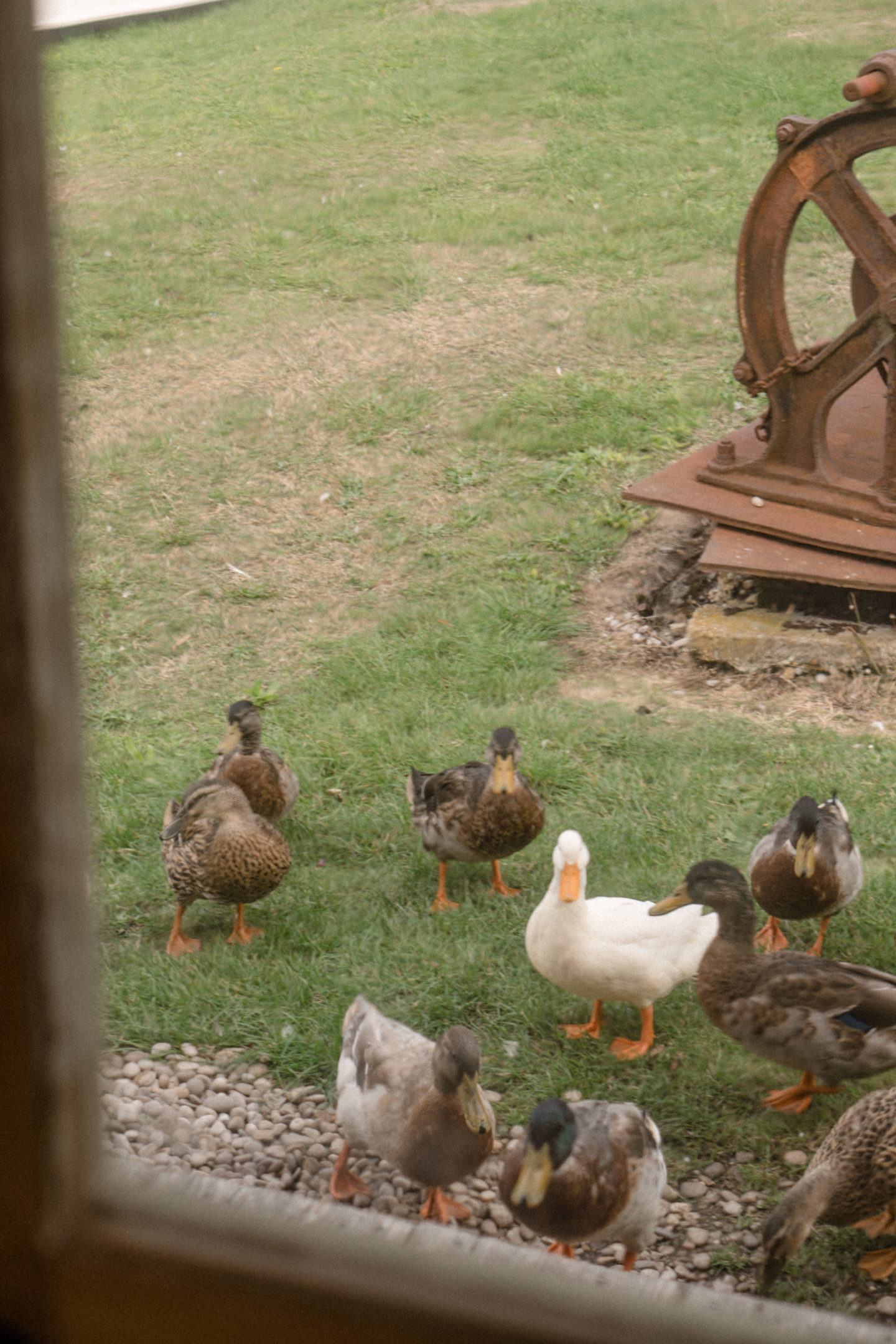

Where time stands still
You might be wondering what you’ll do once you arrive at Captains Rest. The truth is that this is, in fact, the destination. The cabin is designed to offer guests a necessary reprieve from busy city life and encourages you to switch off. Yes, there is wi-fi and a television inside the cabin… but you’ll be surprised how little want or need there is to switch either of them on. Rather by tuning out, you’ll tune in to your senses.
The cabin is just a short drive from Strahan, where you’ll find an IGA supermarket and bottle store. So if you ever need supplies, they’re close by. There is a small coffee shop aptly named “The Coffee Shack” in town. This is where you’ll find the best coffee in town and a delicious caramel slice.
If nothing else, use this time to unwind and get back to life’s simple pleasures – a good book, a glass of wine, and good company.
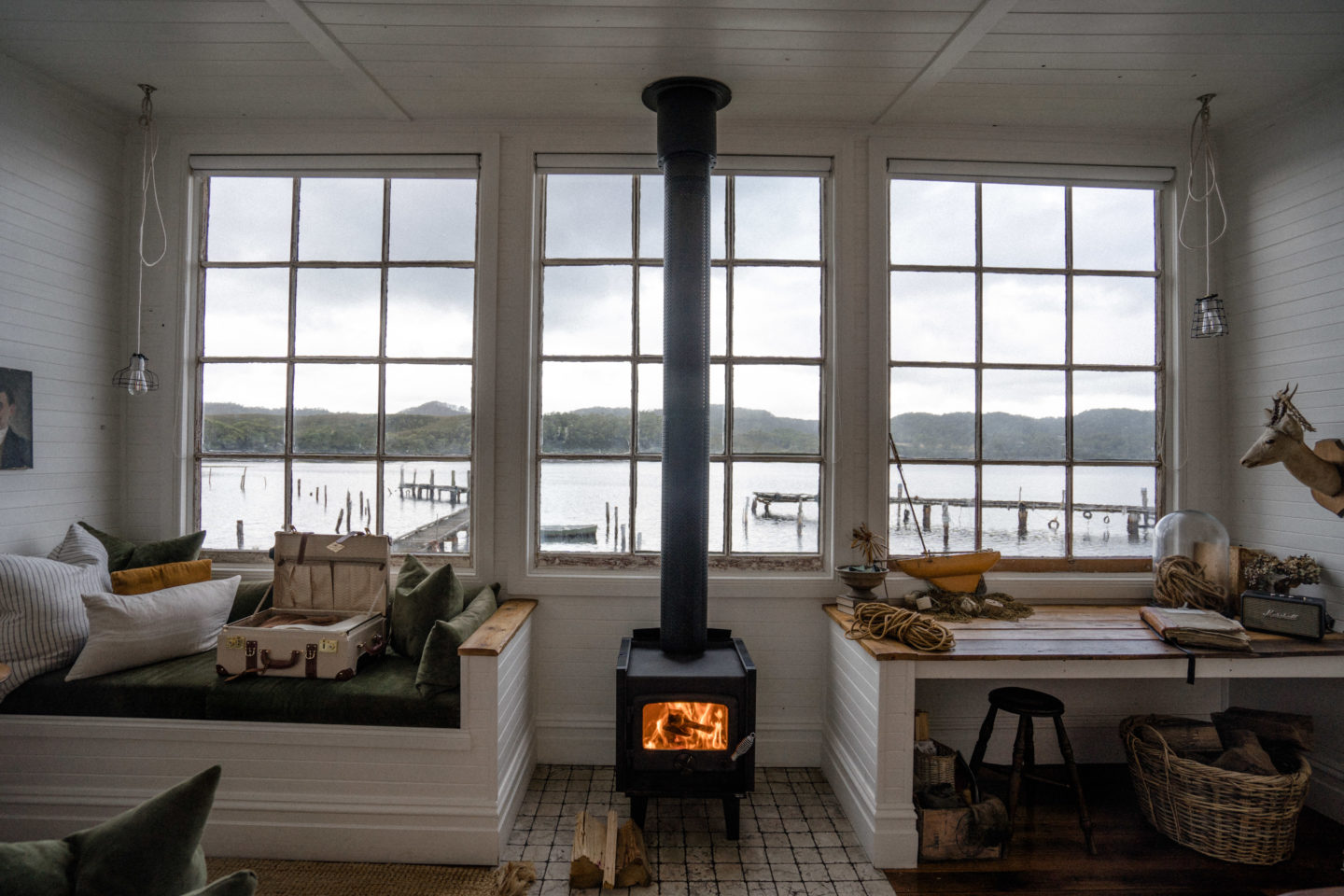
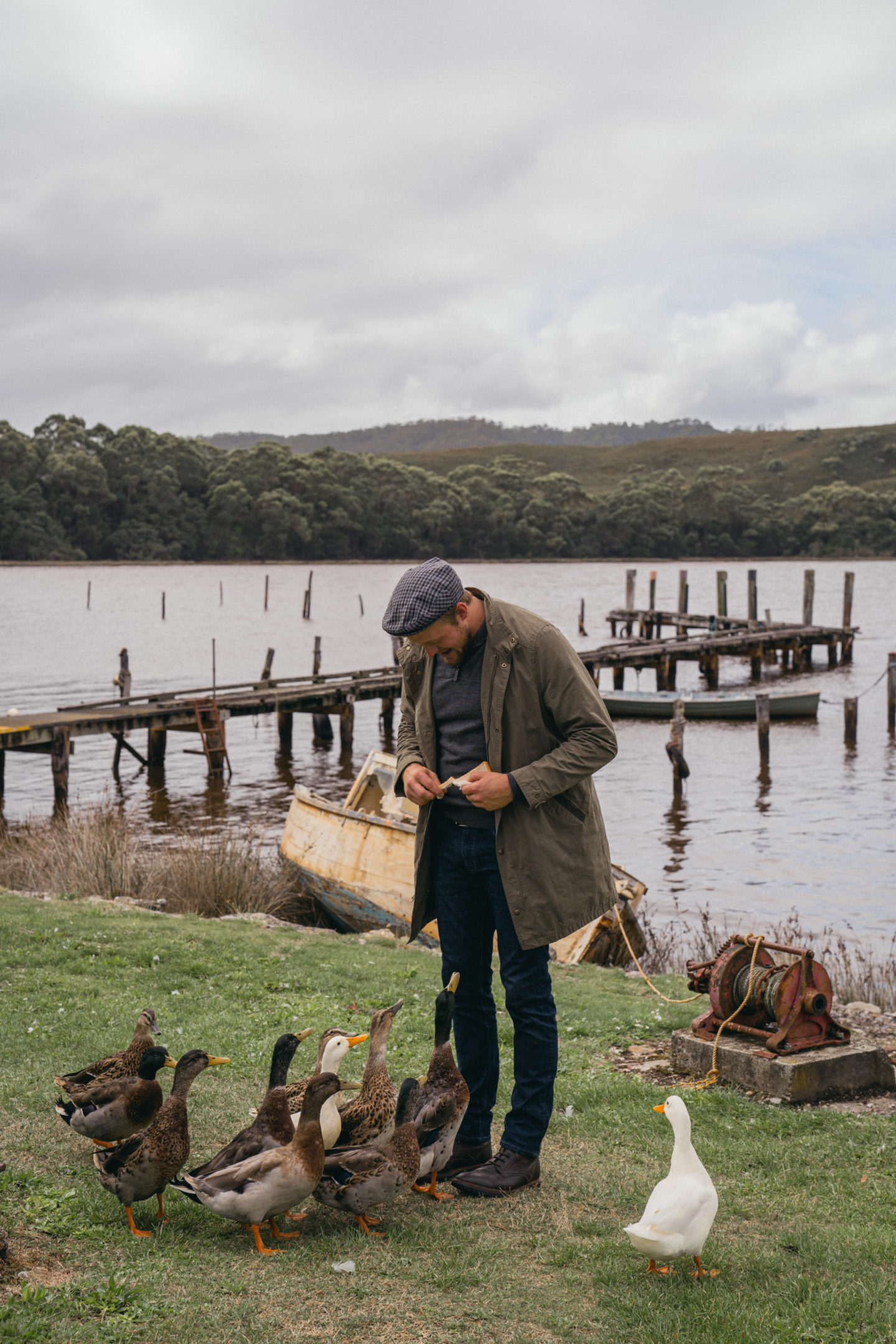
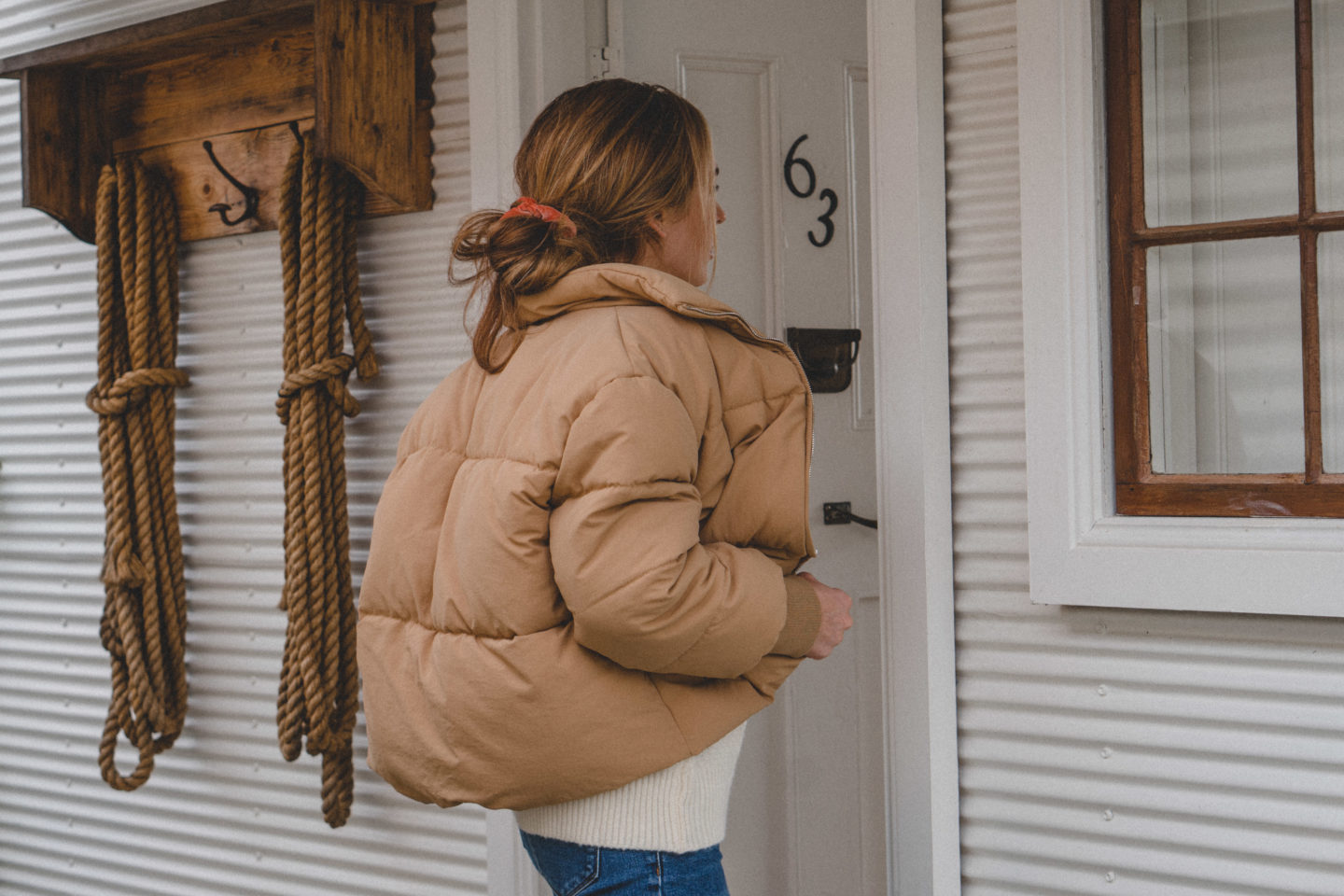
I’m wearing: Lofty Crew sweater, Jillian Puffer Jacket
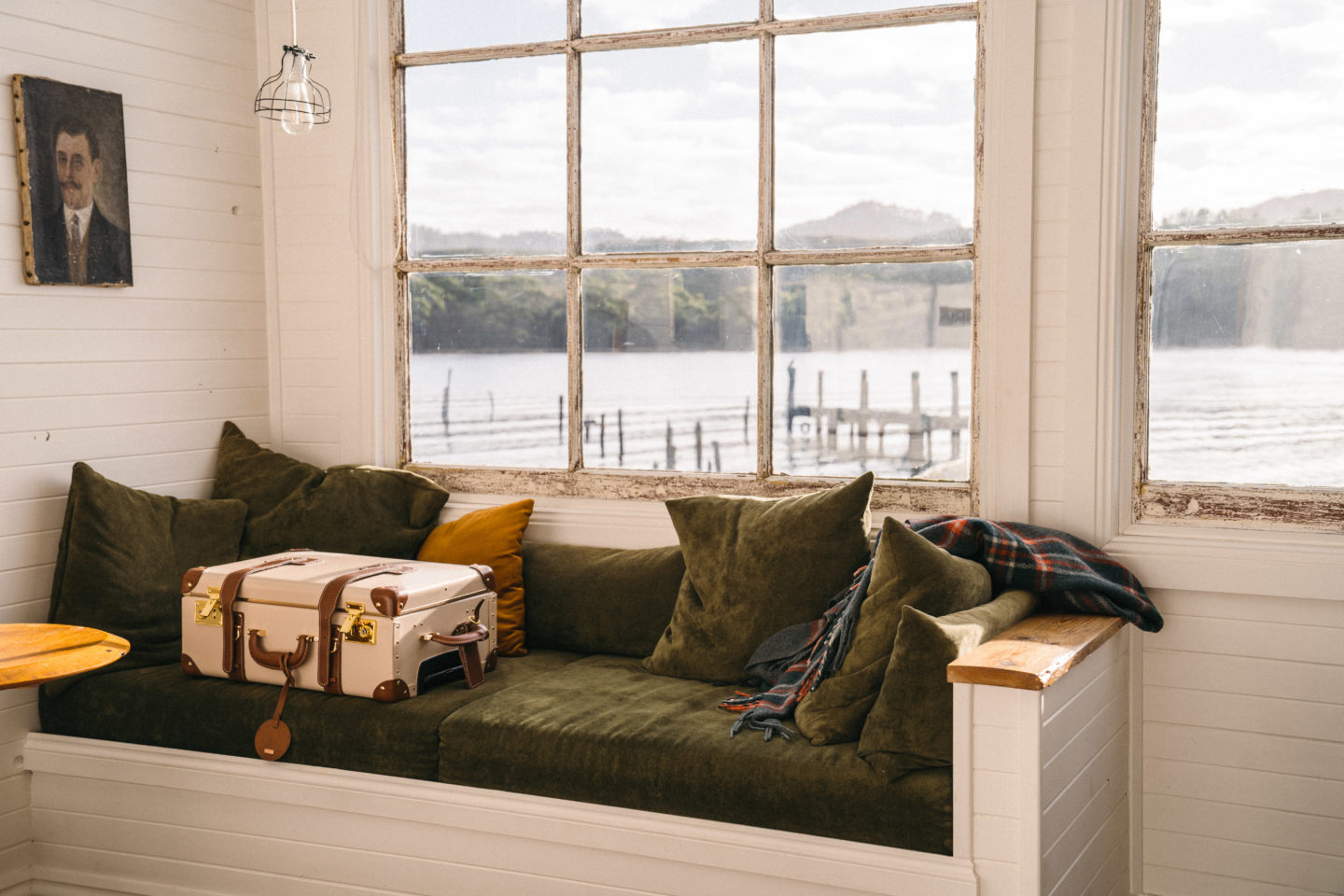
Pictured: Suitcase from Steamline
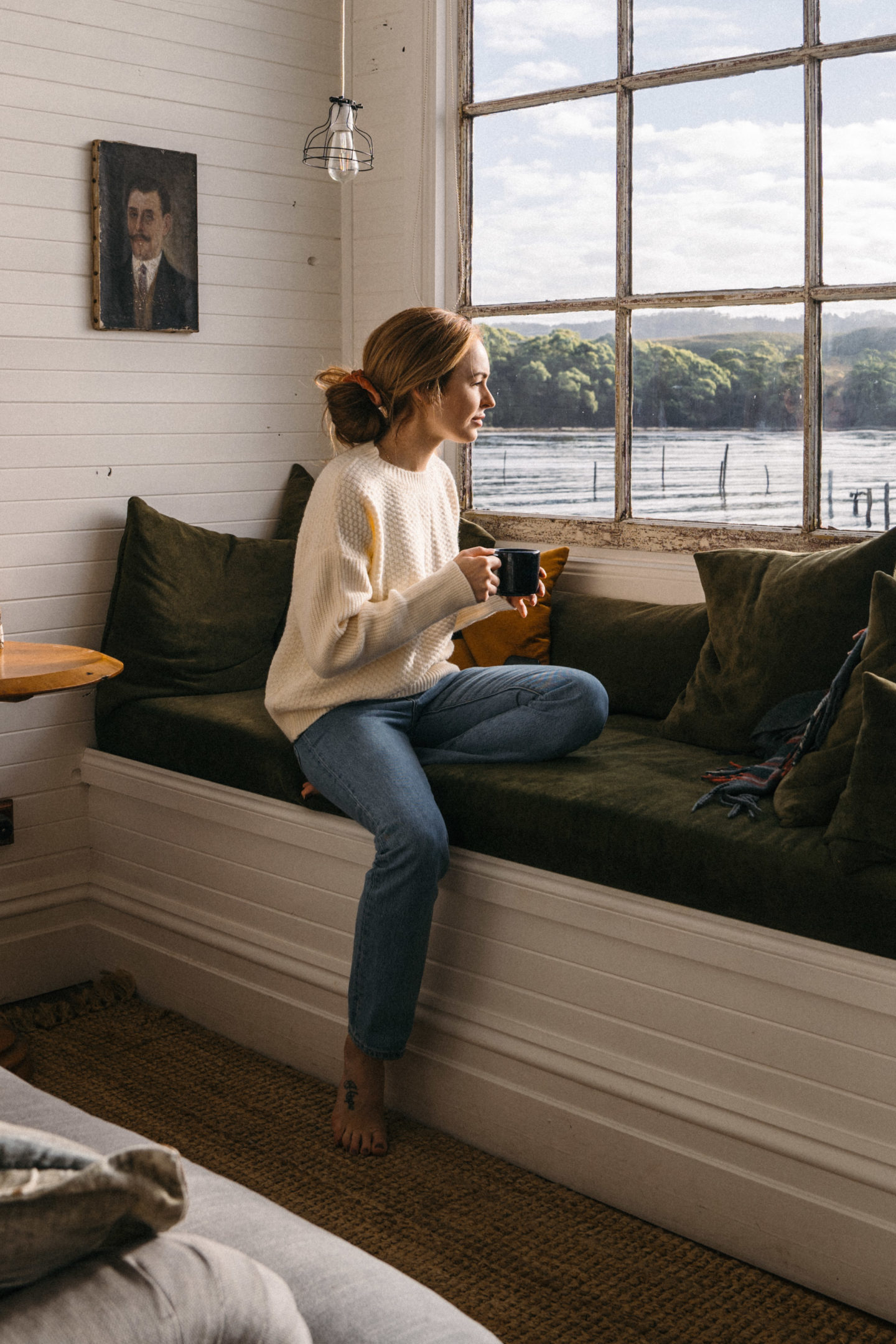
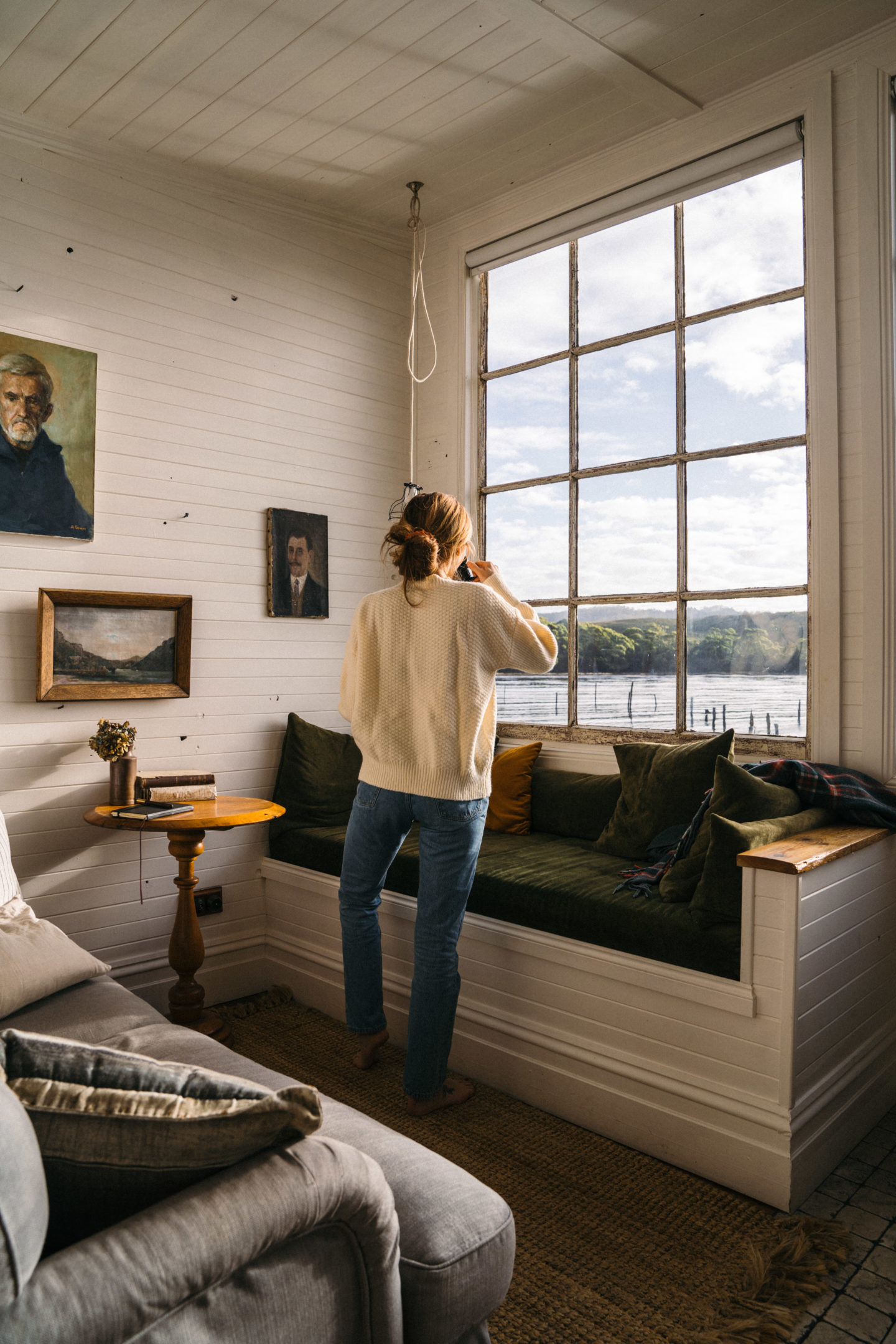
I’m wearing: Lofty Crew sweater, Agolde jeans
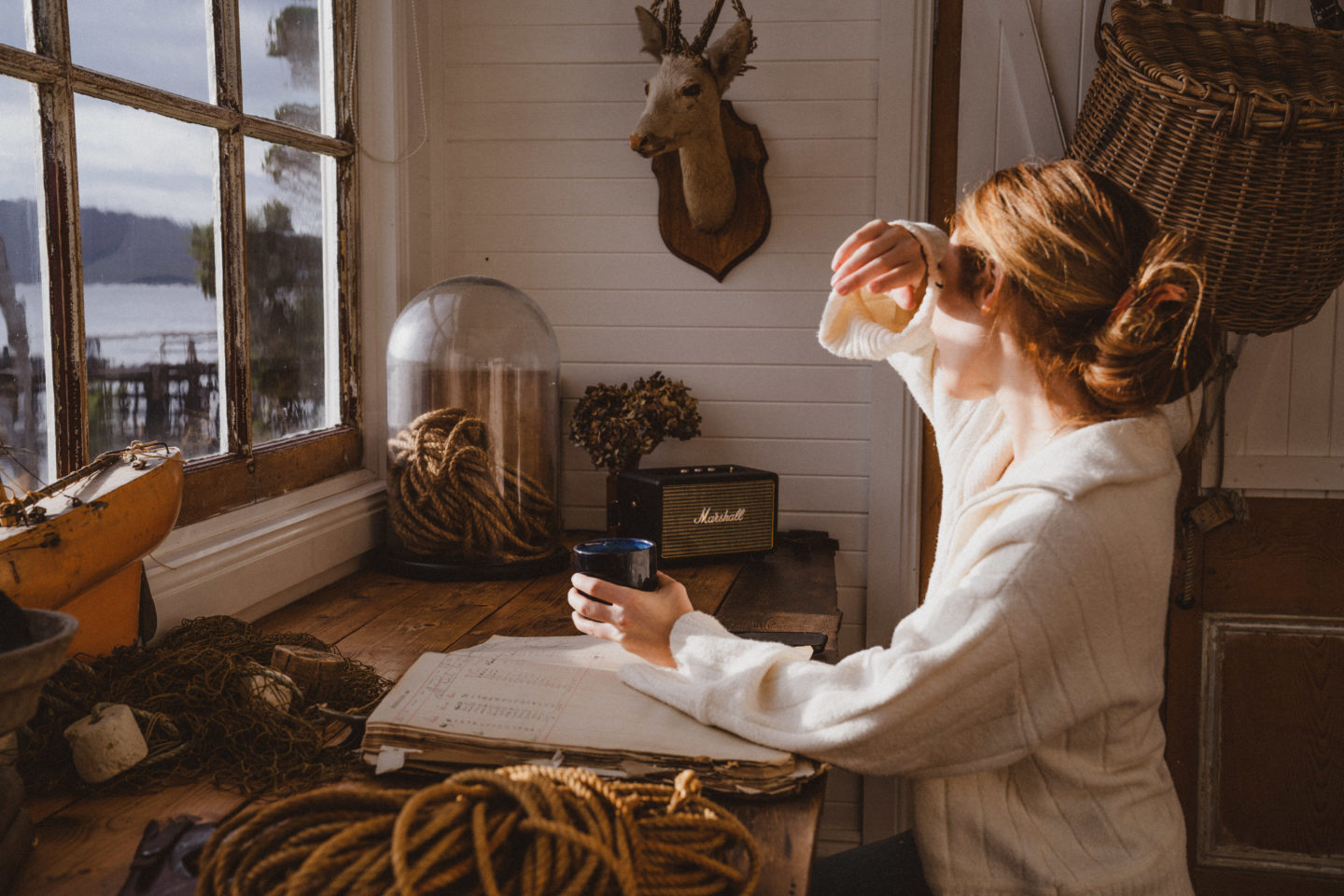
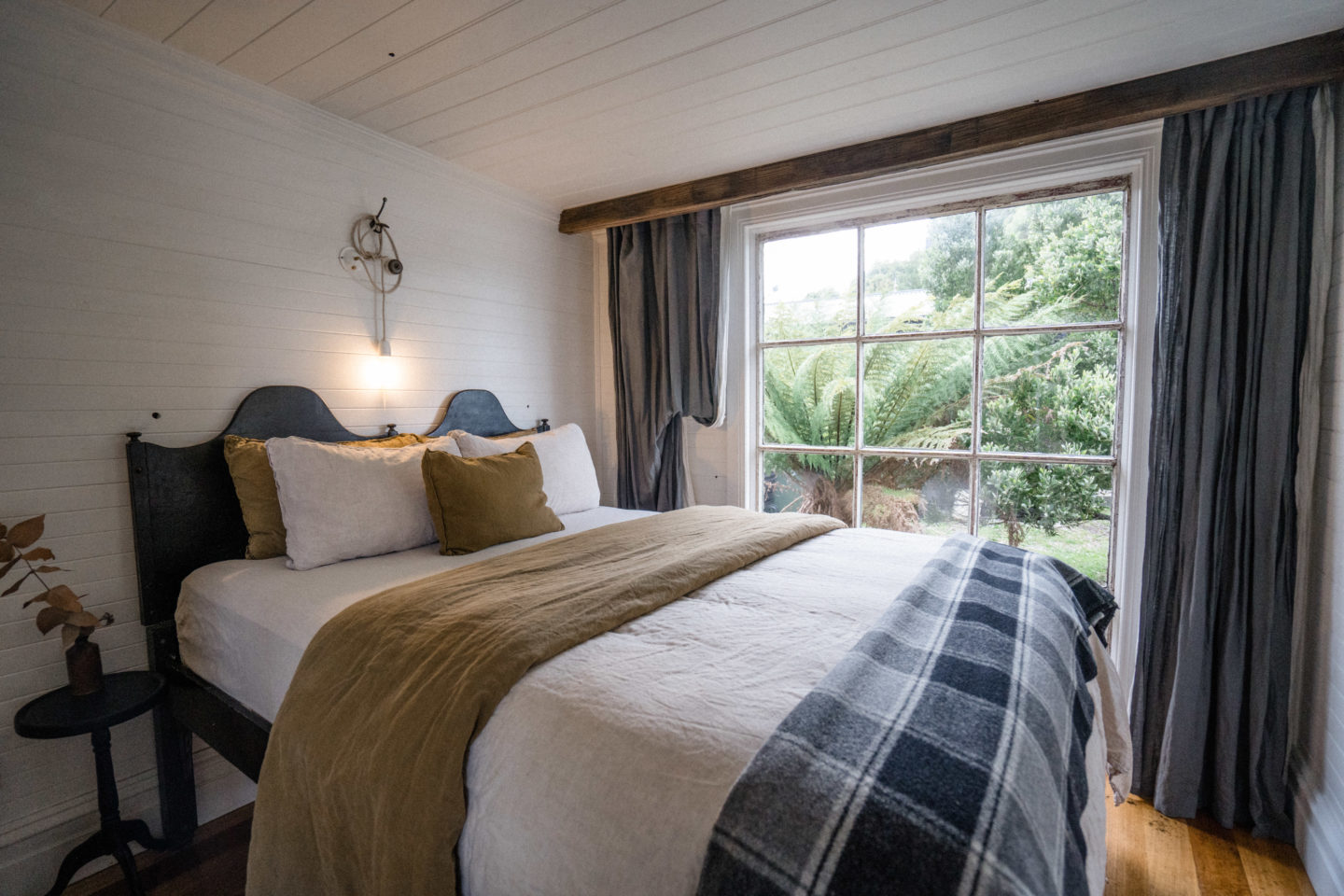
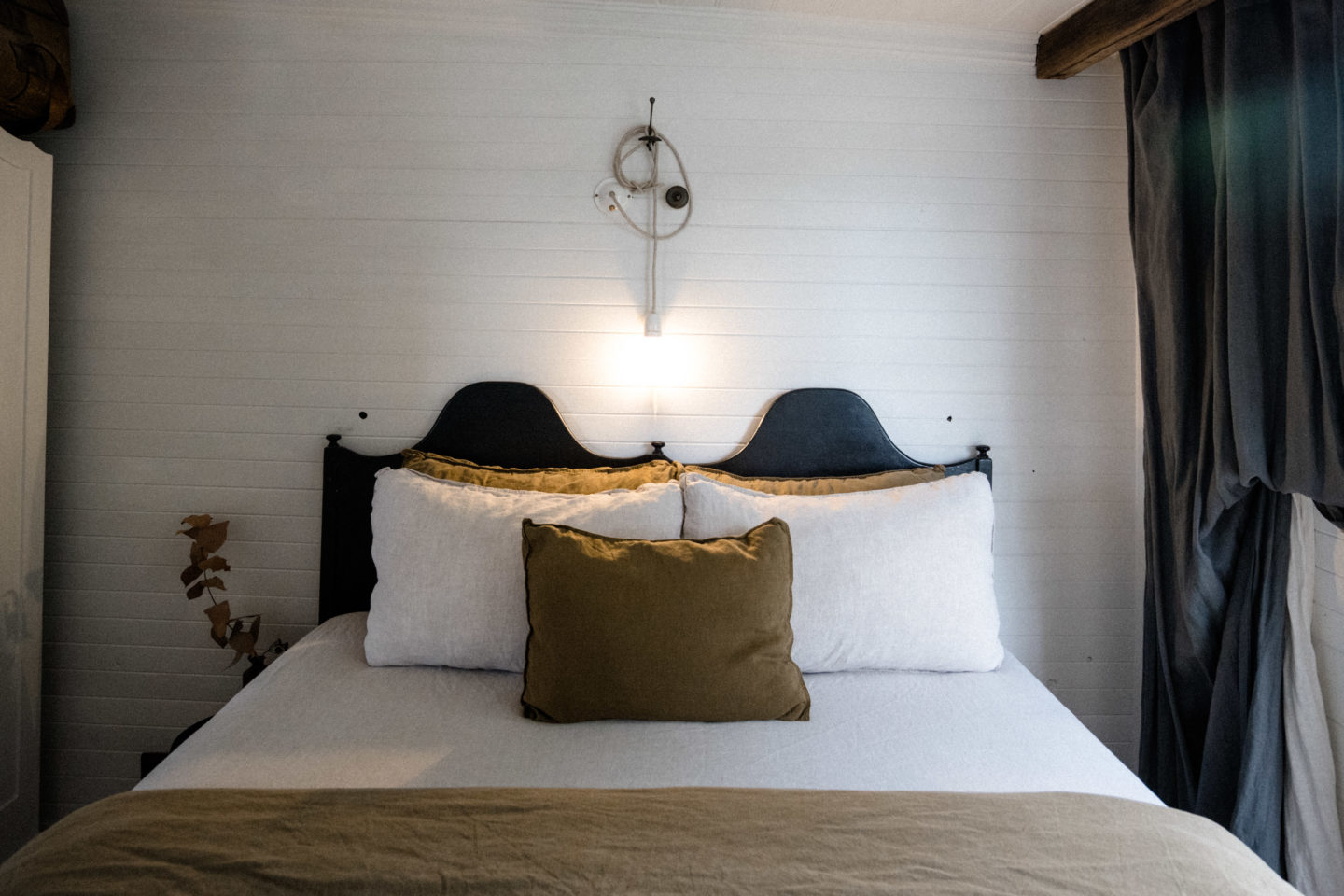
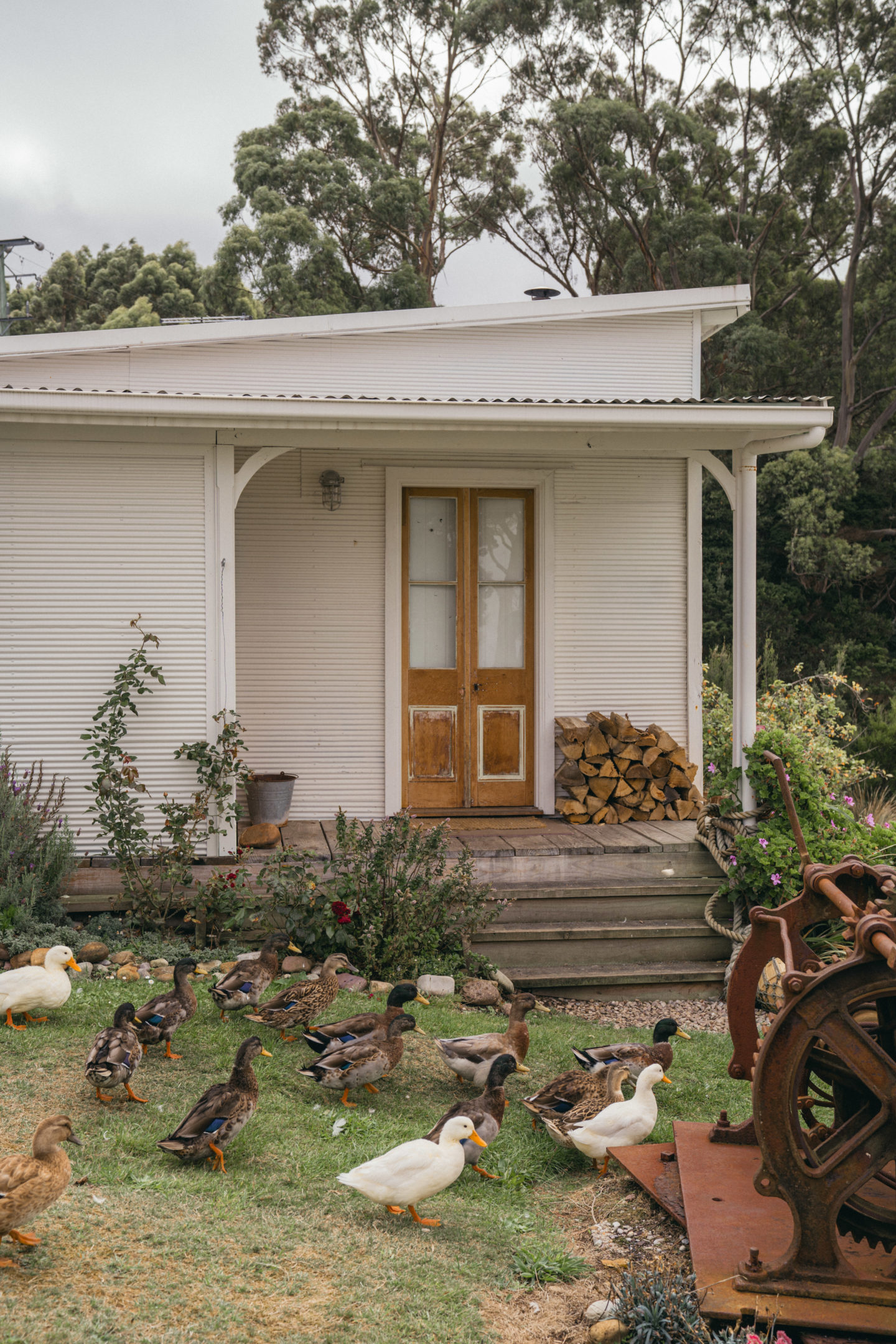
Book your stay at Captains Rest
Captains Rest starts at $450 per night for the entire house.
Book your stay with Airbnb, but be sure to plan in advance as this dreamy escape is booked for months in advance.
Still want more? Check out my post on the best Airbnbs in Tasmania. Or maybe you’d like to plan a full Tasmanian road trip.
